Home>Maintenance & Safety>Pest Control Solutions>How To Keep Yellow Jackets Away From Picnic
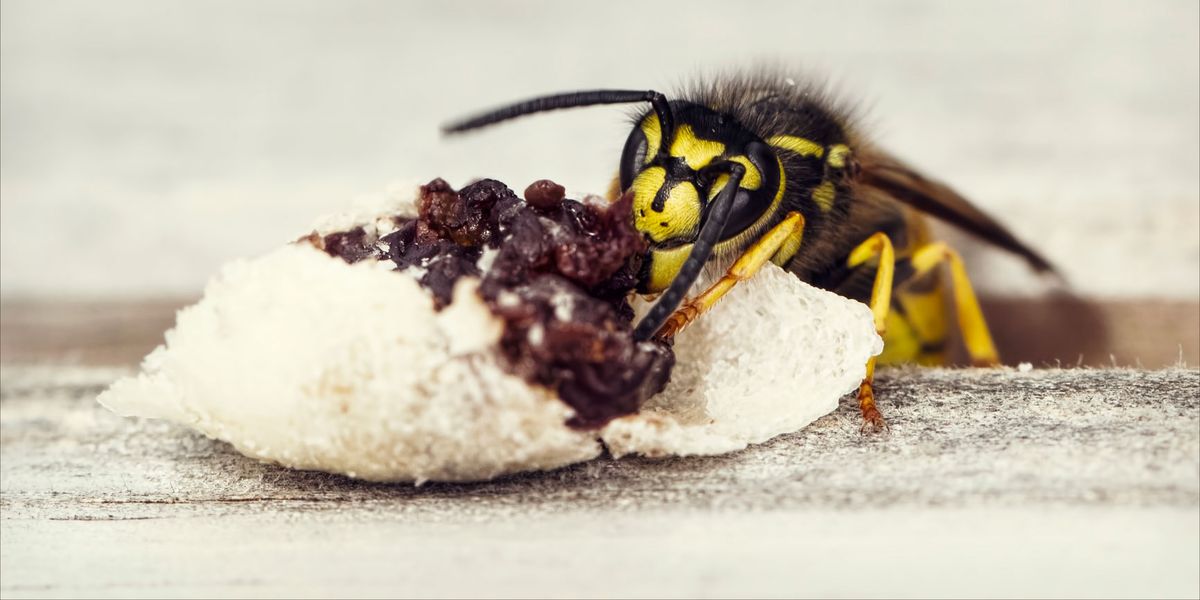

Pest Control Solutions
How To Keep Yellow Jackets Away From Picnic
Modified: March 2, 2024
Learn effective pest control solutions to keep yellow jackets away from your picnic and enjoy a peaceful outdoor gathering.
(Many of the links in this article redirect to a specific reviewed product. Your purchase of these products through affiliate links helps to generate commission for Storables.com, at no extra cost. Learn more)
Introduction
Picnics are a delightful way to enjoy the great outdoors, savor delicious food, and create lasting memories with friends and family. However, the presence of yellow jackets can quickly turn a pleasant picnic into a buzzing nightmare. These aggressive insects are attracted to the enticing aromas of food and can swiftly disrupt the tranquility of any outdoor gathering. Fortunately, there are effective strategies to keep yellow jackets at bay and ensure a peaceful and enjoyable picnic experience.
In this comprehensive guide, we will explore various methods to deter yellow jackets from intruding on your picnic. From understanding the behavior of these stinging insects to implementing natural and commercial repellents, we will equip you with the knowledge and tools to safeguard your outdoor festivities. Additionally, we will delve into preventive measures to discourage yellow jackets from nesting near your picnic area, further enhancing your ability to enjoy a pest-free outdoor dining experience.
By incorporating these practical tips and techniques, you can reclaim the joy of picnicking without the unwelcome presence of yellow jackets. Let's embark on this journey to create a serene and inviting picnic environment, free from the disturbances caused by these persistent insects.
Key Takeaways:
- Keep Yellow Jackets Away From Picnics
Implement natural methods like covering food, using scents like citronella, and maintaining cleanliness to deter yellow jackets. Educate picnic attendees and strategically plant natural deterrents to create a serene outdoor dining experience. - Prevent Yellow Jackets from Nesting Near Picnics
Regularly assess outdoor spaces, seal entry points, and engage professional pest control services to deter yellow jacket nesting. Modify the landscape and implement physical barriers to create a resilient defense against these pests.
Understanding Yellow Jackets
Yellow jackets, scientifically known as Vespula spp. and Dolichovespula spp., are predatory insects belonging to the wasp family. These aggressive pests are characterized by their distinctive yellow and black markings, and their presence can pose a significant threat to outdoor activities, including picnics. Understanding the behavior and habits of yellow jackets is crucial in devising effective strategies to deter them from infiltrating picnic areas.
Physical Characteristics
Yellow jackets are relatively small in size, typically measuring around 10-16mm in length. Their bodies are adorned with vibrant yellow and black stripes, serving as a warning signal to potential threats. Unlike honeybees, yellow jackets do not possess barbed stingers, allowing them to sting repeatedly, making them particularly formidable when agitated.
Nesting Habits
These social insects construct intricate paper nests, often concealed in underground burrows, hollow trees, or within man-made structures such as wall voids and attics. A single yellow jacket colony can house thousands of individuals, with the queen assuming the role of reproduction and colony expansion. As the summer months approach, yellow jacket colonies reach their peak activity, increasing the likelihood of encountering these pests during outdoor gatherings.
Foraging Behavior
Yellow jackets are omnivorous scavengers, displaying a voracious appetite for a wide array of food sources. They are particularly drawn to sweet substances, meats, and sugary beverages, making picnics an irresistible feeding ground. Their relentless pursuit of nourishment, coupled with their territorial nature, often leads them to aggressively defend their foraging sites, posing a threat to unsuspecting individuals.
Read more: How To Keep Away Yellow Jackets
Aggressive Defense Mechanisms
When yellow jackets perceive a threat to their nest or food sources, they exhibit aggressive behavior, mobilizing their colony members to defend their territory. This defensive response can result in painful stings, especially when the insects feel provoked or cornered. Their ability to release alarm pheromones further escalates the intensity of their attacks, making it essential to exercise caution when in close proximity to these insects.
By gaining insight into the distinctive characteristics and behaviors of yellow jackets, individuals can adopt proactive measures to mitigate the risk of encountering these pests during outdoor activities, such as picnics. Armed with this understanding, we can explore effective methods to deter yellow jackets and safeguard the tranquility of our outdoor gatherings.
Natural Ways to Keep Yellow Jackets Away
1. Food and Beverage Management
- Keep food and beverages covered with tightly sealed containers or lids to minimize enticing scents that attract yellow jackets.
- Refrain from leaving food scraps or open beverage containers unattended, as these can attract foraging yellow jackets.
2. Deploy Scent Deterrents
- Utilize natural scents, such as citronella, mint, or eucalyptus, to repel yellow jackets. These fragrances are displeasing to the insects and can serve as effective deterrents when strategically placed around the picnic area.
- Consider using essential oil-based repellents or candles to create a protective barrier against yellow jackets.
Read more: How To Keep Wasps And Yellow Jackets Away
3. Construct Decoy Nests
- Yellow jackets are territorial and may be deterred by the presence of other colonies in the vicinity. By strategically placing decoy nests, such as paper bags or artificial wasp nests, you can dissuade yellow jackets from establishing their nests near the picnic area.
4. Opt for Natural Traps
- Set up homemade traps using sweet baits, such as sugar water or fruit juice, to capture foraging yellow jackets. Place these traps at a distance from the picnic site to divert the insects' attention away from the gathering.
5. Maintain Cleanliness
- Regularly clean picnic areas and dispose of food waste promptly to eliminate potential food sources for yellow jackets.
- Wipe down surfaces to remove food residue and spills, reducing the likelihood of attracting these pests.
6. Utilize Protective Clothing
- Encourage picnic attendees to wear light-colored clothing and avoid floral patterns, as these can inadvertently attract yellow jackets.
- Consider using natural insect repellents on exposed skin to deter yellow jackets from approaching individuals.
Read more: How To Keep Bees Away From Picnic
7. Strategic Planting
- Incorporate natural deterrents, such as marigolds, mint, and wormwood, into the picnic area's landscaping to discourage yellow jackets from frequenting the vicinity.
8. Educate Picnic Attendees
- Inform guests about the presence of yellow jackets and provide guidance on avoiding behaviors that may provoke these insects.
- Encourage individuals to remain calm and composed in the event of a yellow jacket sighting, minimizing the risk of agitating the insects.
By implementing these natural strategies, you can effectively mitigate the risk of yellow jacket disturbances during picnics, fostering a serene and enjoyable outdoor dining experience for all attendees.
Using Commercial Repellents
In addition to natural deterrents, commercial repellents offer a convenient and potent means of deterring yellow jackets from encroaching on picnic areas. These specially formulated products are designed to disrupt the insects' sensory mechanisms, dissuading them from approaching and disrupting outdoor gatherings. When selecting commercial repellents, it is essential to prioritize products that are safe for use in outdoor settings and pose minimal risk to humans and the environment.
1. Aerosol Sprays and Wasp Freeze
Aerosol sprays, including wasp freeze formulations, are highly effective in swiftly incapacitating and repelling yellow jackets. These products typically feature a long-range spray mechanism, enabling users to maintain a safe distance while targeting individual insects or their nesting sites. Wasp freeze formulations deliver a rapid freezing effect upon contact, immobilizing the yellow jackets and deterring their aggressive behavior. When utilizing aerosol sprays, it is crucial to adhere to safety guidelines and apply the product judiciously to minimize environmental impact.
Read more: How To Keep Bugs Away From A Picnic
2. Wasp Traps and Lures
Commercially available wasp traps and lures provide an efficient means of capturing and controlling yellow jacket populations in outdoor settings. These traps are designed to attract yellow jackets using enticing baits, such as sugary solutions or pheromone-based lures, effectively diverting the insects' attention away from picnic areas. By strategically placing these traps at a distance from the gathering, individuals can significantly reduce the presence of yellow jackets without directly exposing themselves to the insects.
3. Repellent Candles and Torches
Repellent candles and torches infused with natural insect-repelling compounds, such as citronella and lemongrass, offer a dual-purpose solution for illuminating outdoor spaces while deterring yellow jackets. These products emit fragrances that are displeasing to the insects, creating a protective barrier around the picnic area. By incorporating repellent candles and torches into the outdoor ambiance, individuals can effectively minimize the risk of yellow jacket disturbances while enhancing the overall atmosphere of the gathering.
4. Liquid Repellents and Barrier Sprays
Liquid repellents and barrier sprays formulated specifically for deterring stinging insects, including yellow jackets, provide a long-lasting defense against unwanted intrusions. These products are designed to be applied to outdoor surfaces, creating an invisible shield that deters yellow jackets from landing and nesting in the vicinity. By establishing a protective barrier using liquid repellents and barrier sprays, individuals can safeguard picnic areas from the persistent presence of these pests, ensuring a tranquil and undisturbed outdoor dining experience.
By incorporating these commercial repellents into your picnic preparation, you can effectively fortify the outdoor environment against the intrusion of yellow jackets, fostering a secure and enjoyable gathering for all attendees. When utilizing these products, it is imperative to follow the manufacturer's instructions diligently and prioritize safety considerations to maximize their efficacy while minimizing potential risks.
Preventing Yellow Jackets from Nesting
Preventing yellow jackets from establishing nests near picnic areas is paramount in ensuring a pest-free outdoor dining experience. By implementing proactive measures to deter nesting behavior, individuals can effectively mitigate the risk of encountering aggressive yellow jackets during picnics. Here are several strategies to prevent yellow jackets from nesting in proximity to outdoor gathering spaces:
Read more: How To Keep Flies Away From Picnic
1. Nest Location Assessment
Regularly inspect outdoor spaces, including trees, shrubbery, and man-made structures, to identify potential nesting sites favored by yellow jackets. By conducting thorough assessments, individuals can proactively address and eliminate conducive nesting environments, reducing the likelihood of yellow jacket colonies establishing nearby.
2. Sealing Entry Points
Identify and seal potential entry points that may grant yellow jackets access to indoor spaces, such as attics, wall voids, and eaves. By fortifying these vulnerable areas with appropriate sealants or screens, individuals can prevent yellow jackets from infiltrating indoor spaces and establishing nests in close proximity to picnic areas.
3. Nest Removal and Disruption
If existing yellow jacket nests are discovered in the vicinity of picnic areas, it is crucial to enlist professional pest control services to safely remove and disrupt the colonies. Prompt and thorough nest removal mitigates the risk of aggressive yellow jacket encounters, safeguarding the outdoor environment for future gatherings.
4. Environmental Modifications
Modify the outdoor landscape to deter yellow jacket nesting, such as trimming overgrown vegetation and maintaining a well-groomed picnic area. By eliminating potential nesting sites, such as dense foliage and debris, individuals can create an inhospitable environment for yellow jackets, reducing the likelihood of nest establishment.
Read more: How To Keep Ants Away At A Picnic
5. Nesting Site Exclusion
Implement physical barriers, such as fine mesh screens or netting, to exclude yellow jackets from accessing potential nesting locations. By strategically deploying these barriers in areas prone to yellow jacket nesting, individuals can effectively deter the insects from establishing colonies near picnic sites.
6. Professional Pest Control Services
Engage professional pest control services to conduct comprehensive inspections and implement targeted preventive measures against yellow jacket nesting. Pest control experts possess the expertise and resources to assess, address, and mitigate the risk of yellow jacket infestations, ensuring the long-term protection of outdoor gathering spaces.
By proactively addressing the factors that contribute to yellow jacket nesting, individuals can create a resilient defense against the establishment of colonies near picnic areas. These preventive measures not only minimize the risk of yellow jacket disturbances but also contribute to the overall safety and enjoyment of outdoor gatherings, fostering a welcoming and secure environment for all attendees.
Conclusion
In conclusion, safeguarding picnics from the intrusion of yellow jackets is essential for creating a serene and enjoyable outdoor dining experience. By understanding the behavior and habits of these aggressive insects, individuals can implement a multifaceted approach to deter yellow jackets and prevent their disruptive presence. From natural deterrents and commercial repellents to proactive measures against nesting, the strategies outlined in this guide empower individuals to reclaim the tranquility of outdoor gatherings while minimizing the risk of yellow jacket encounters.
The utilization of natural methods, such as managing food and beverage exposure, deploying scent deterrents, and maintaining cleanliness, offers a sustainable and environmentally friendly approach to deterring yellow jackets. By incorporating these natural strategies, individuals can minimize the attractiveness of picnic areas to foraging yellow jackets, fostering a harmonious coexistence with nature.
Furthermore, the integration of commercial repellents, including aerosol sprays, traps, and barrier sprays, provides an additional layer of defense against yellow jacket disturbances. These specialized products offer convenience and efficacy in deterring and controlling the presence of yellow jackets, enhancing the overall safety and comfort of outdoor gatherings.
Preventive measures against yellow jacket nesting, such as regular nest location assessments, sealing entry points, and professional nest removal, serve as proactive strategies to fortify outdoor spaces against the establishment of yellow jacket colonies. By addressing conducive nesting environments and implementing targeted exclusion measures, individuals can create a resilient defense against the persistent threat of yellow jackets near picnic areas.
Ultimately, the successful mitigation of yellow jacket disturbances during picnics hinges on a comprehensive and proactive approach that encompasses natural, commercial, and preventive strategies. By integrating these methods, individuals can foster a welcoming and secure outdoor environment, allowing for the uninterrupted enjoyment of picnics amidst the beauty of nature.
As we embark on future outdoor gatherings, let us embrace these strategies to create a harmonious coexistence with yellow jackets, ensuring that picnics remain a cherished tradition filled with joy, laughter, and the splendor of the great outdoors.
Frequently Asked Questions about How To Keep Yellow Jackets Away From Picnic
Was this page helpful?
At Storables.com, we guarantee accurate and reliable information. Our content, validated by Expert Board Contributors, is crafted following stringent Editorial Policies. We're committed to providing you with well-researched, expert-backed insights for all your informational needs.
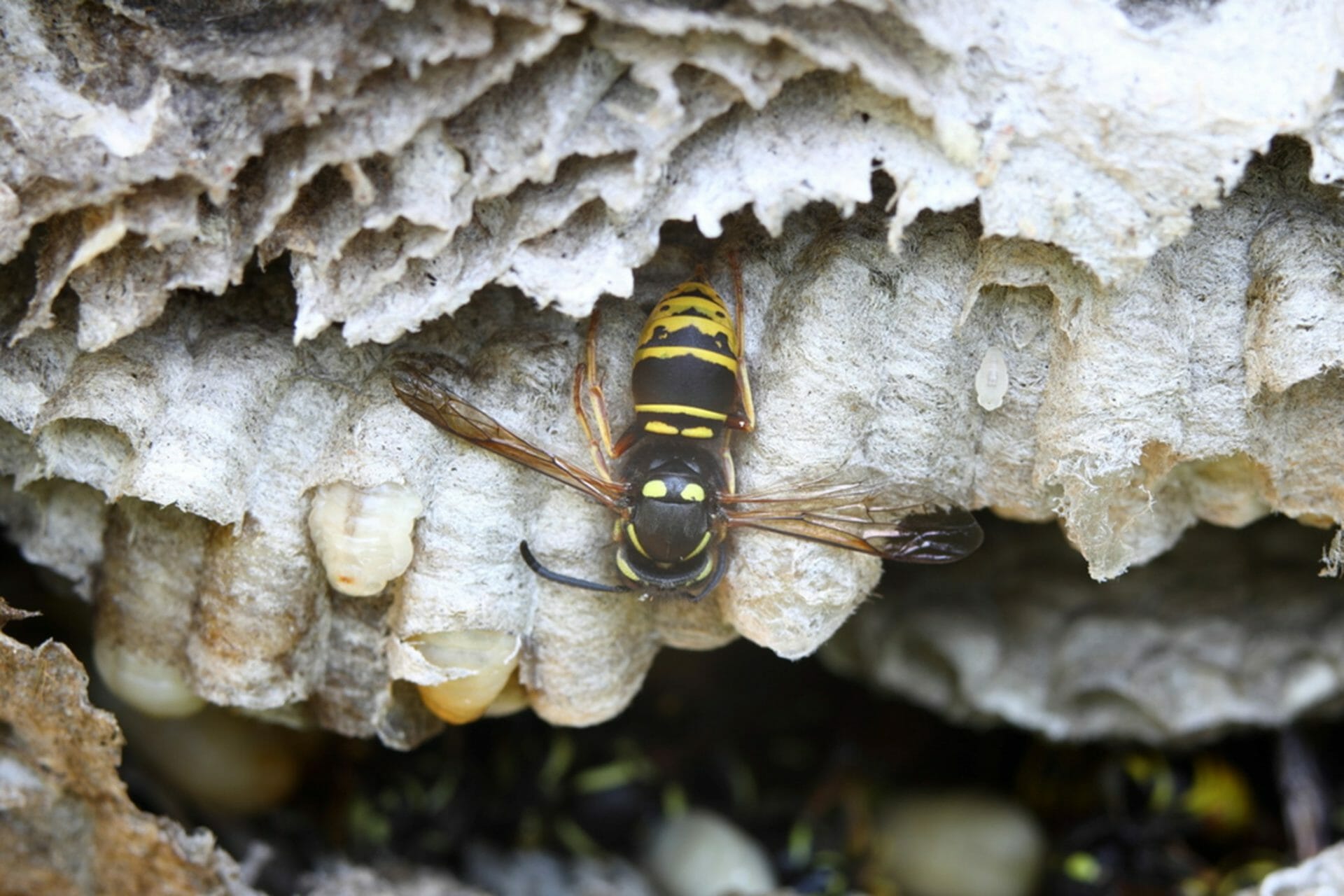
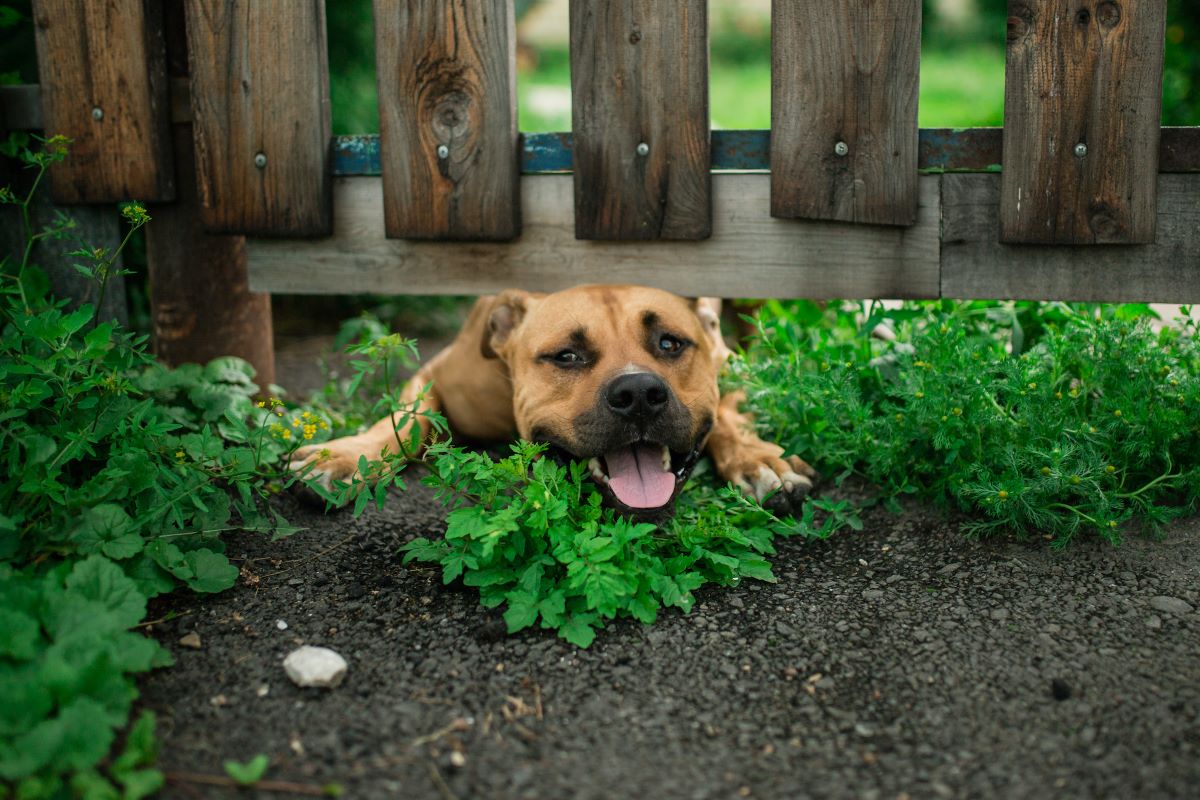
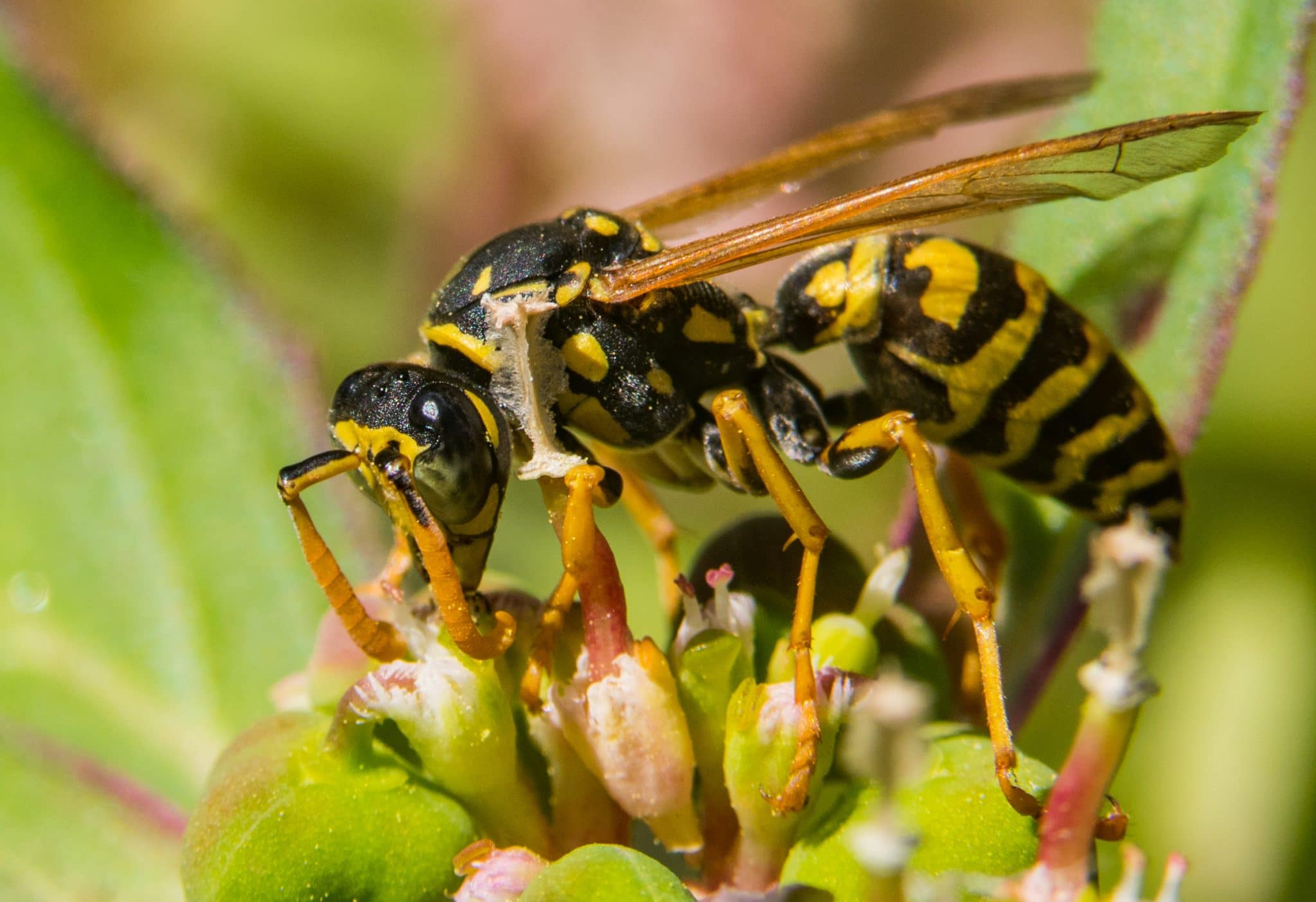
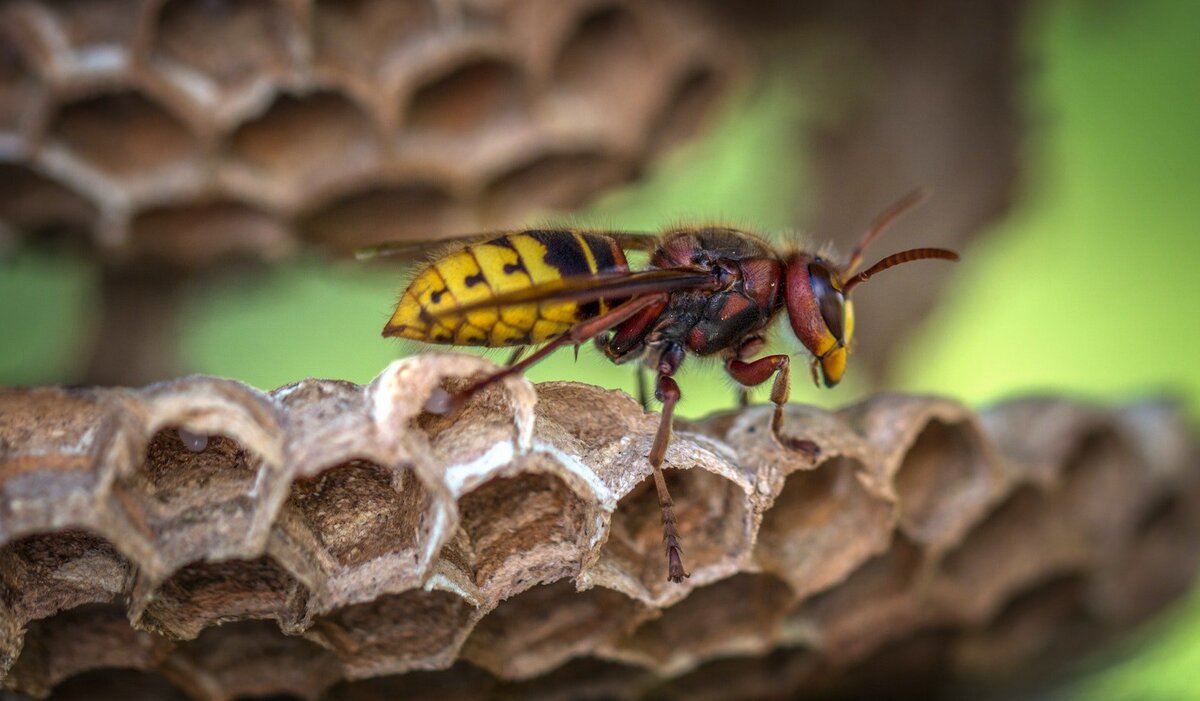
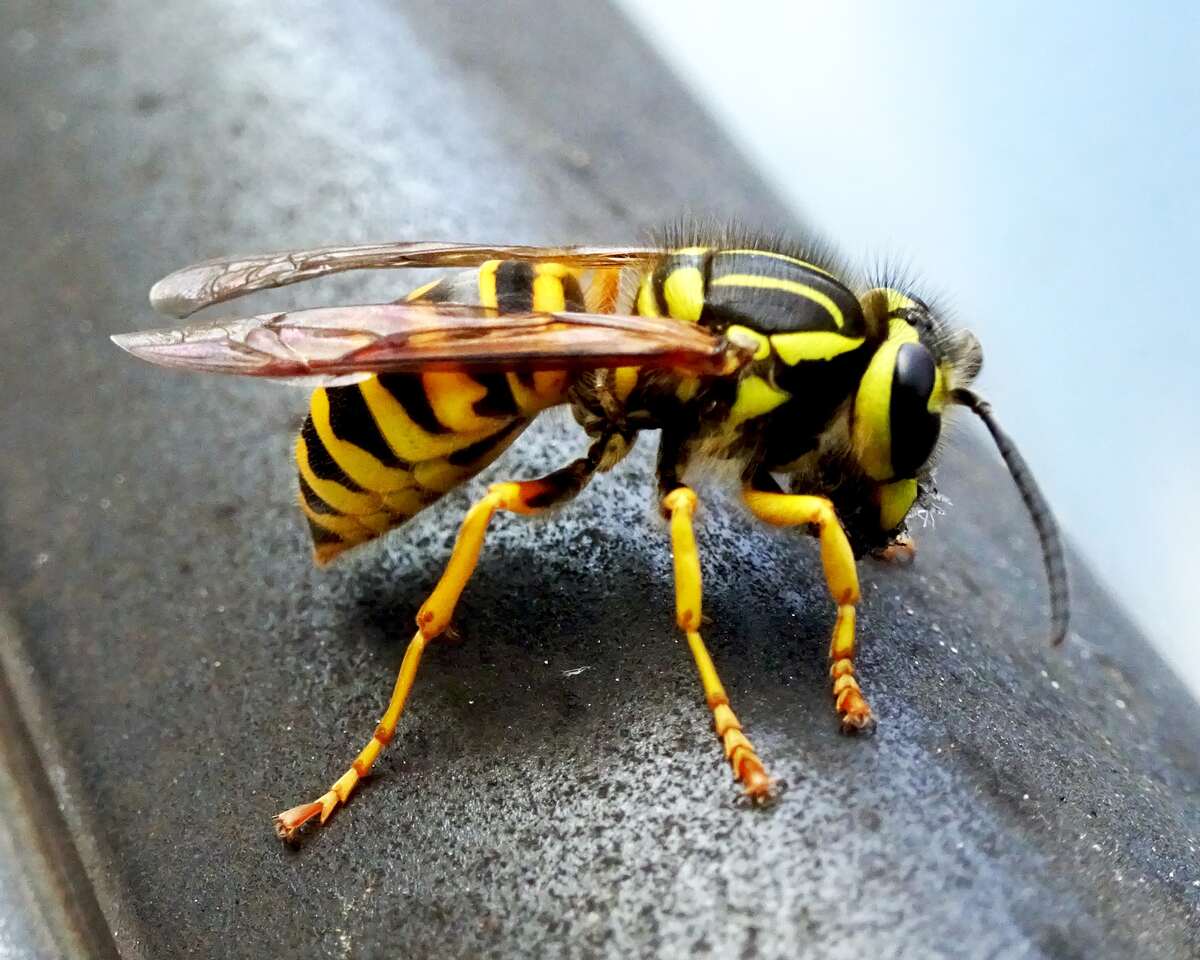
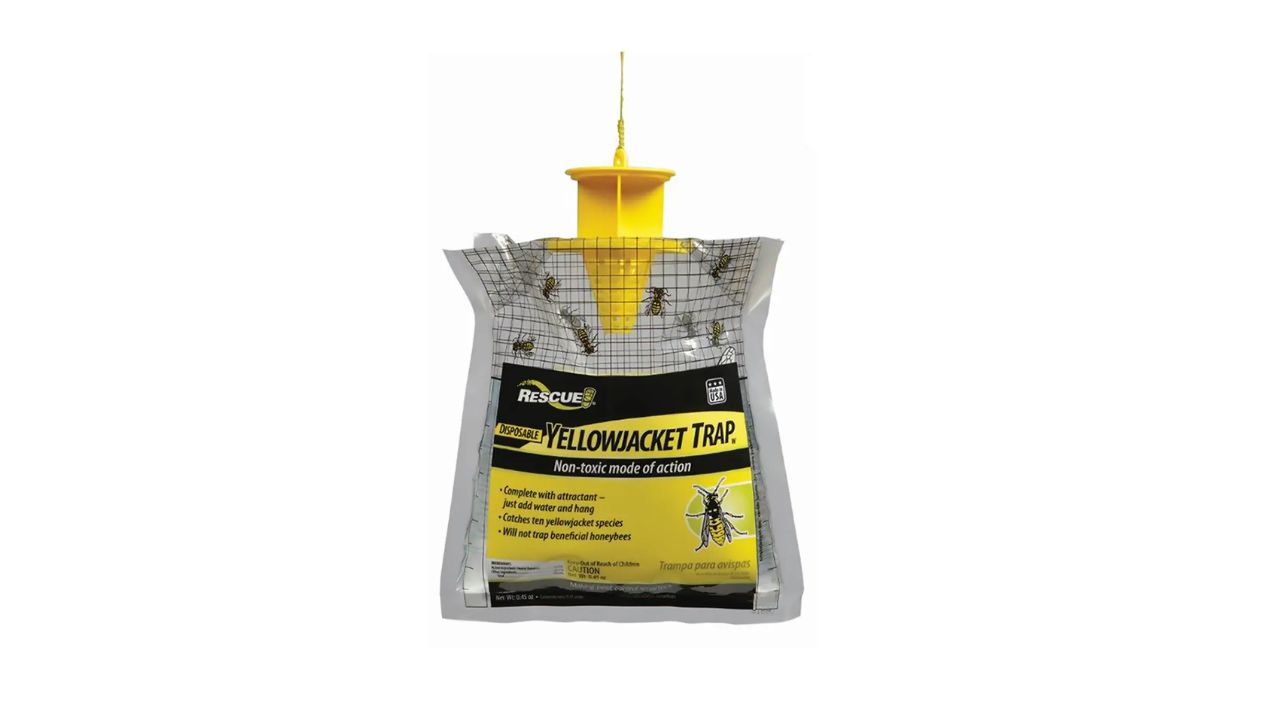
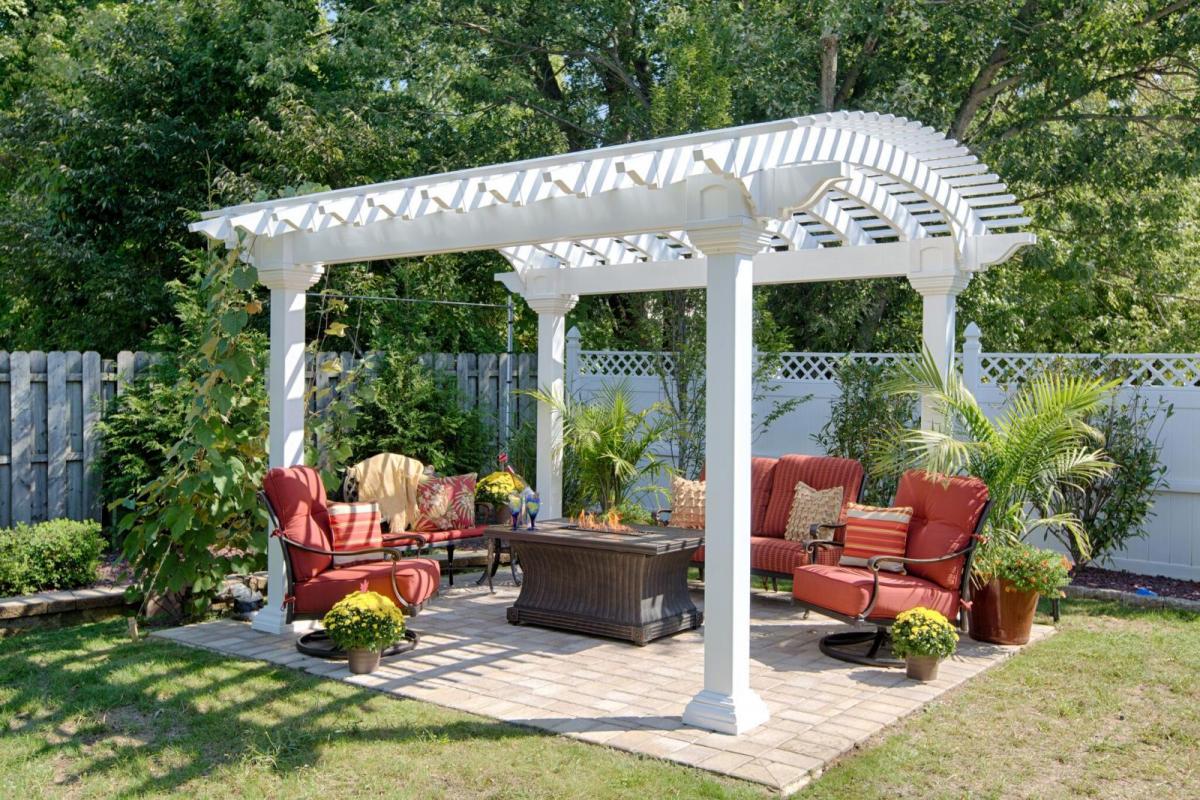
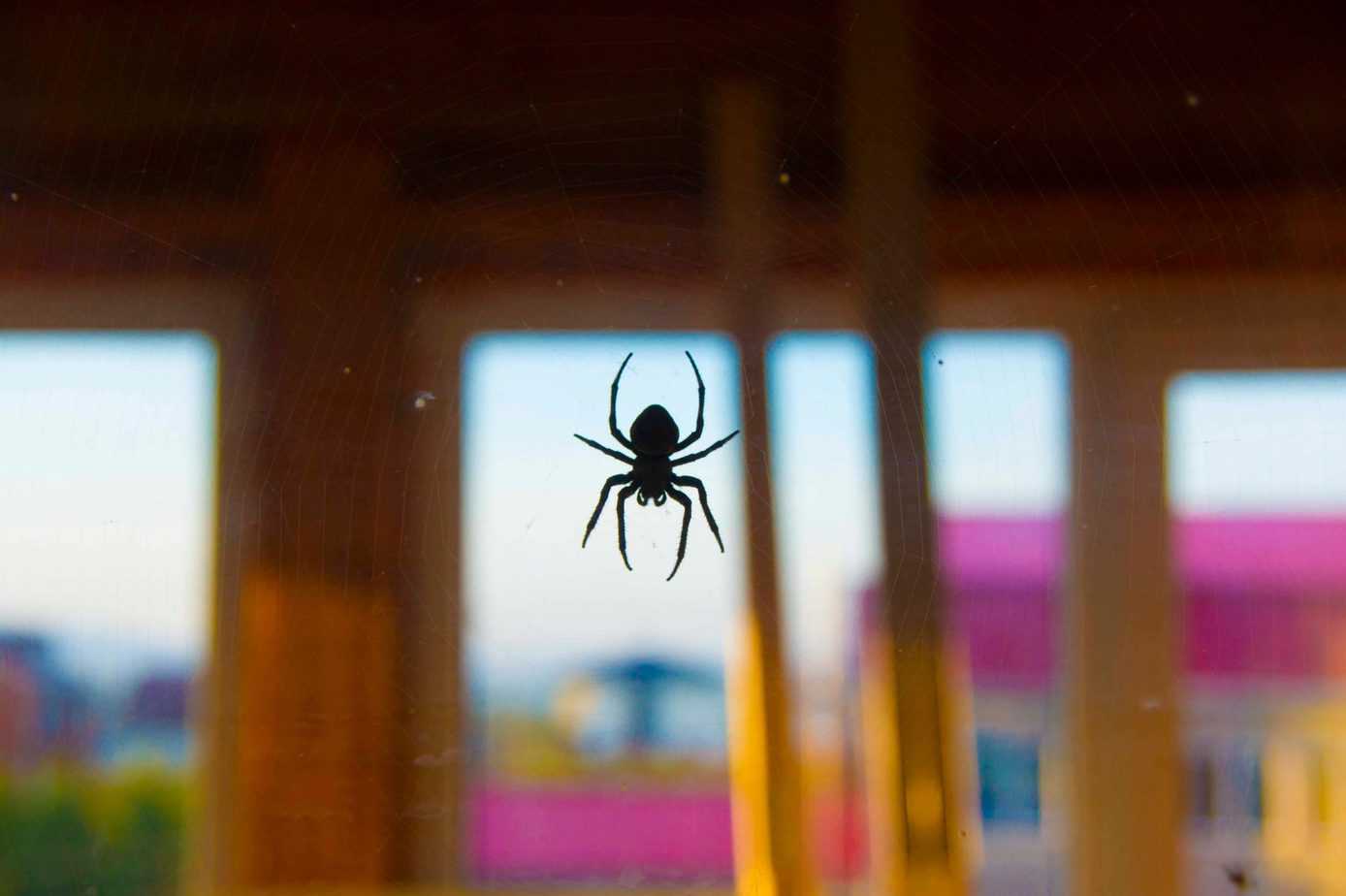
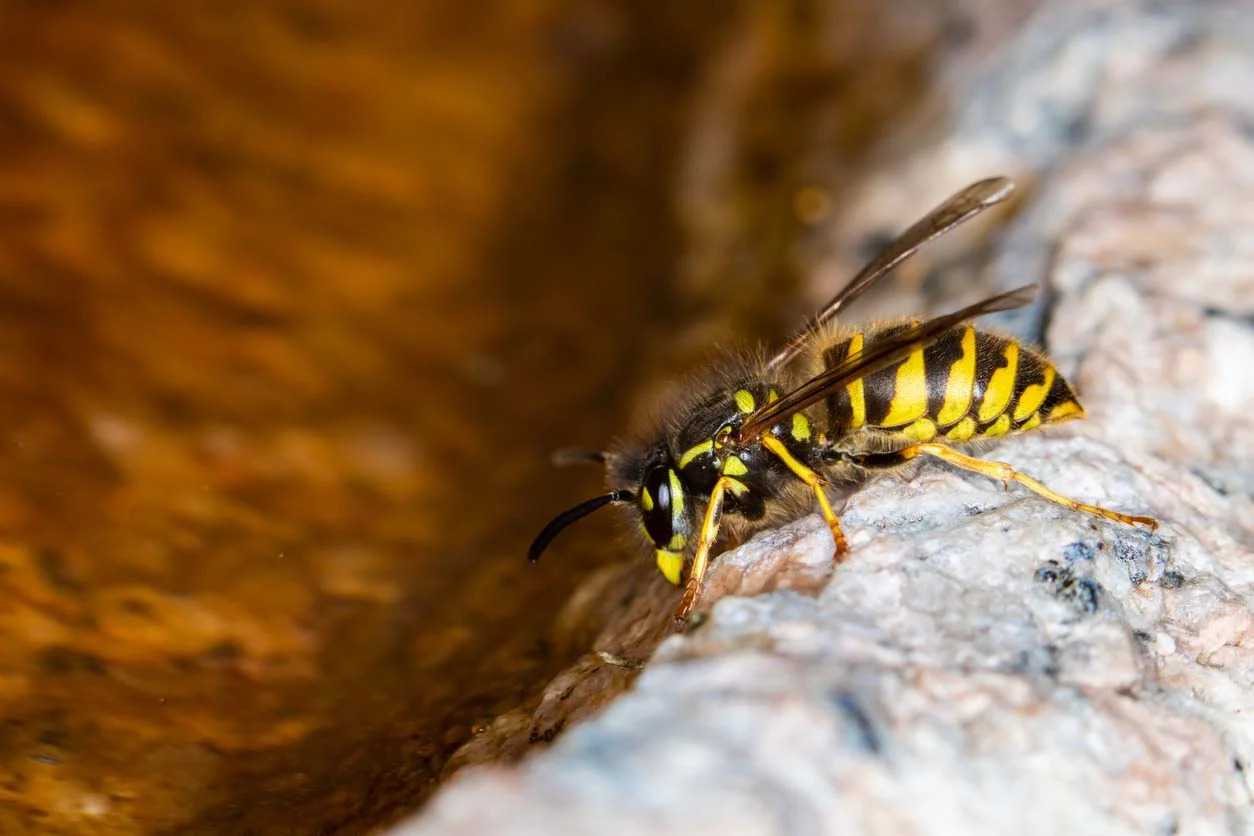

0 thoughts on “How To Keep Yellow Jackets Away From Picnic”